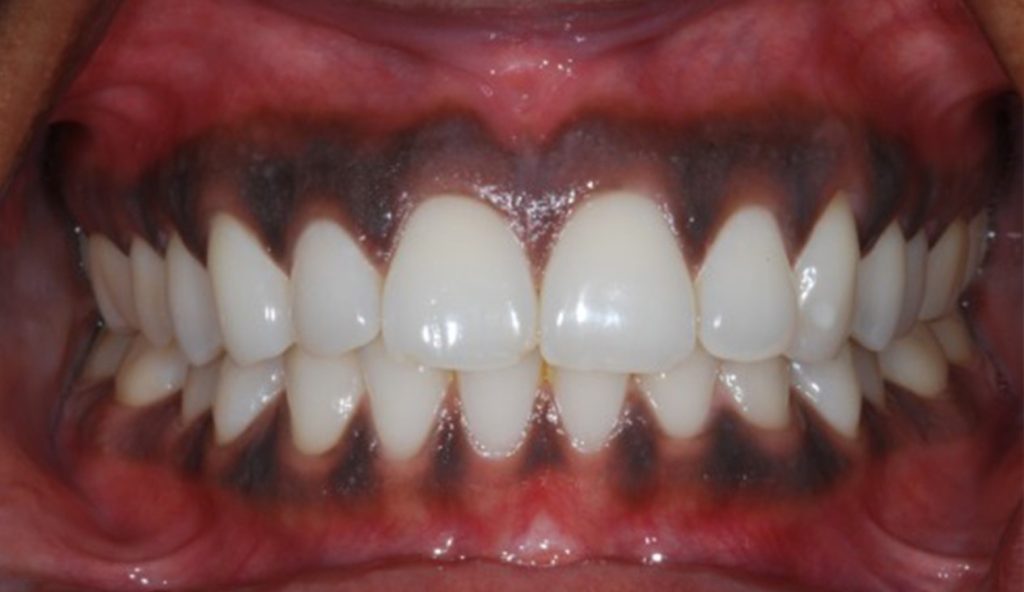Normal is a Broad Range: Ethnic Pigmentation and You
What is normal ethnic pigmentation? That’s the question you might be asking yourself if you have darker skin and have never heard of or seen anyone that looks like you in advertisements or magazines. You might be wondering if your skin color, which may seem abnormal to you, is truly abnormal or whether it’s just considered ethnic pigmentation. This short article will help you understand the differences between normal ethnic pigmentation and abnormal pigmentation as well as how to care for your skin to reduce its pigmentation if it does become abnormally dark.
Section 1) Melanin Production Section 2) Dark Skinned People V Light Skinned People Section 3) Are All Black People Black?
Physiologic pigmentation is the increased production of melanin pigment by melanocytes in dark-skinned individuals, also known as racial pigmentation. There are three types of skin color: pink, brown, and black. Dark skinned people have the highest concentration of melanin. Pink skinned people have the lowest concentration of melanin. It doesn’t matter if someone’s black or not because they can still be pink or brown.
Does the Amount of Melanin in my Body Affect how I Can Use CBD Oil?
You might be wondering if the amount of melanin in your body can affect how you use CBD oil. The answer to this question is yes and no. There are two types of pigmentation that you need to be aware of when using CBD oil – physiologic pigmentation, which means that the pigmentation is normal, and ethnic or racial pigmentation. Normal ranges from 1-6 on the Fitzpatrick scale, where higher numbers indicate darker skin tone. Racial pigmentation ranges from 0-5 on the Fitzpatrick scale, where lower numbers indicate lighter skin tone.
How Do I Know if My Skin is Too Fair?
The first question to ask yourself is, is my skin too fair? The answer to this will depend on your ethnicity. If you are white or light-skinned, your skin may be too fair if it has an ashy or yellow tone. If you have a dark complexion, like African American, Jamaican or Indian people, the color of your skin can range from light brown to dark brown in color. It’s important to know the range of normal for your race because physiologic pigmentation can indicate that the degree of pigmentation is within a normal range for the individual. Normal is a broad range because it’s different for each individual.
What is Albinism?
Albinism is not actually a disease. Albinism occurs when there is decreased production of melanin pigment by melanocytes in light-skinned individuals, also known as racial pigmentation. This increased production of melanin pigment in dark-skinned individuals, also known as racial pigmentation, takes place because there are more epidermal cells containing the enzyme tyrosinase than in light-skinned individuals which produces more melanin pigment. Without the enzyme tyrosinase, the body cannot produce enough melanin to provide protection from harmful UV rays.
Albinism happens when mutations affect parts of the body that produce or distribute pigment or cells that produce or distribute pigment.
What is considered ethnic skin?
Skin color can be an important marker of ethnicity. In different countries, ethnic skin color ranges from very dark brown to medium brown to light brown to peach-colored. What is considered ethnic skin? Is the increased production of melanin pigment by melanocytes in dark-skinned individuals. It indicates that the degree of pigmentation is within a normal range for the individual. Normal is a broad range because it’s different for each individual. It simply means the pigmentation is normal. The cause does not stem from illness, medications, or exposure to metals
What are the three types of pigmentation?
The three types of pigmentation are erythema, physiologic, and skin cancer. Erythema, or redness on the skin from irritation, injury or disease. Physiologic pigmentation, also known as normal pigmentation (and not to be confused with phytologic) is the increased production of melanin pigment by melanocytes in dark-skinned individuals. Skin cancer has to do with uncontrolled cell growth in the outer layer of skin cells which can occur due to overexposure to UV rays.
How do you get rid of mouth pigmentation?
Take good care of your teeth by brushing twice a day. Brush from the gumline to the tip of the tooth, using gentle back-and-forth motions. Floss at least once per day to keep plaque from building up in between teeth. Visiting your dentist for regular checkups can help prevent cavities, gum disease, and tooth decay.
What ethnic groups have dark skin?
People with dark skin are more likely to develop pigmentation than people with light skin, but this does not mean that people with light skin don’t have the same risk. In fact, the incidence of hyperpigmentation in light-skinned people has been rising recently. Keep reading to learn more about what causes pigmentations and what it means for you.

